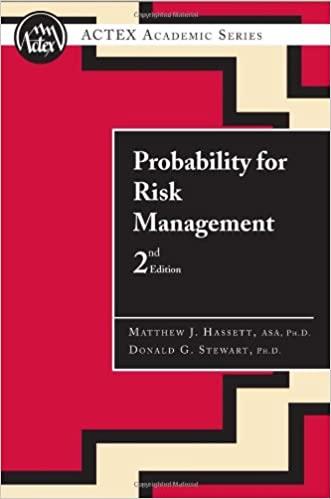69) A policy that pays you back for actual expenses is called A) An indemnity plan. B) A deductible plan. C) A reasonable and customary plan. D) A reimbursement plan. E) A coinsurance plan m The set amount that you must pay toward medical expenses before the insurance company pays benefits is called A) Deductible. B) Reimbursement C) Indemnity. D) Internal limit. E) Reasonable and customary charges. 71) Which of the following is a government health care program? A) Health maintenance organization (HMO) B) Preferred provider organization (PPO) C) Home health care agency D) Medicare E) Hospital and medical service plan 72) This type of plan combines features of HMOs and PPOs. It uses a network of participating physicians and medical professionals who have contracted to provide services for certain fees. A) Hospital and medical service plan B) Home health care agency C) Point-of-service (POS) plan D) Medicare E) Public insurance company 73) 73) Jack needs comprehensive medical coverage. However, his income is very low. What plan should he investigate? A) Medicare Part B B) Medigap Medicare Part A D) Medicaid E) Medicare Part C 74) Medicare (Part A) covers A) Inpatient hospital care. B) Most immunizations. C) Routine checkups. D) Dental care E) None of these are covered. 75) Medicaid covers A) Skilled nursing and home health services. B) Lab services. Eyeglasses. D) Prescription drugs. E) All of these. 76) 76) Katrina was injured in an accident at work. The benefits she will receive to cover part of her income will come from A) Her health insurance plan. B) Medicare. Social Security. D) A public income insurance program. E) Worker's compensation. 77) 77) Under the Patient Protection and Affordable Care Act of 2010, which of the following is NOT correct? A) Requires new health care plans to allow adult children to remain on their parents' insurance policy until age 26. B) Expands the Medicaid program for the nation's poorest individuals. C) Employers must offer continuing coverage through COBRA for up to 24 months after you leave your job. D) Prohibits denying coverage to children with preexisting medical conditions. E) Most insurers must provide preventive care screenings without charging deductibles or co-pays. ton? 78) 78) Which of the following is correct about your health plan's summary plan description? A) It contains information about what services will require a co-pay. B) It contains information about the coverage of dependents. C) It contains information about circumstances when your employer can terminate your health plan benefits. D) All of these are correct. E) None of these is correct. 79) 79) Sandy went to the doctor three times, and each appointment cost $200. Her copayment was $25 per visit. How much was Sandy required to pay in total for her three visits? A) $175 B) $525 C) $25 E) $75 D) $200 TE/FALSE. Write T if the statement is true and 'F' if the statement is false. 80) Managed care health plans include HMOS, PPOs, and POSs









